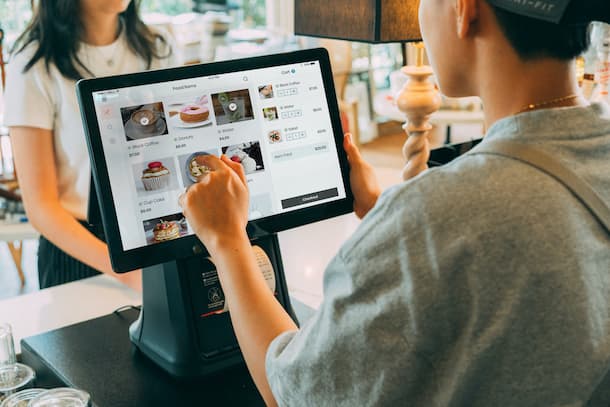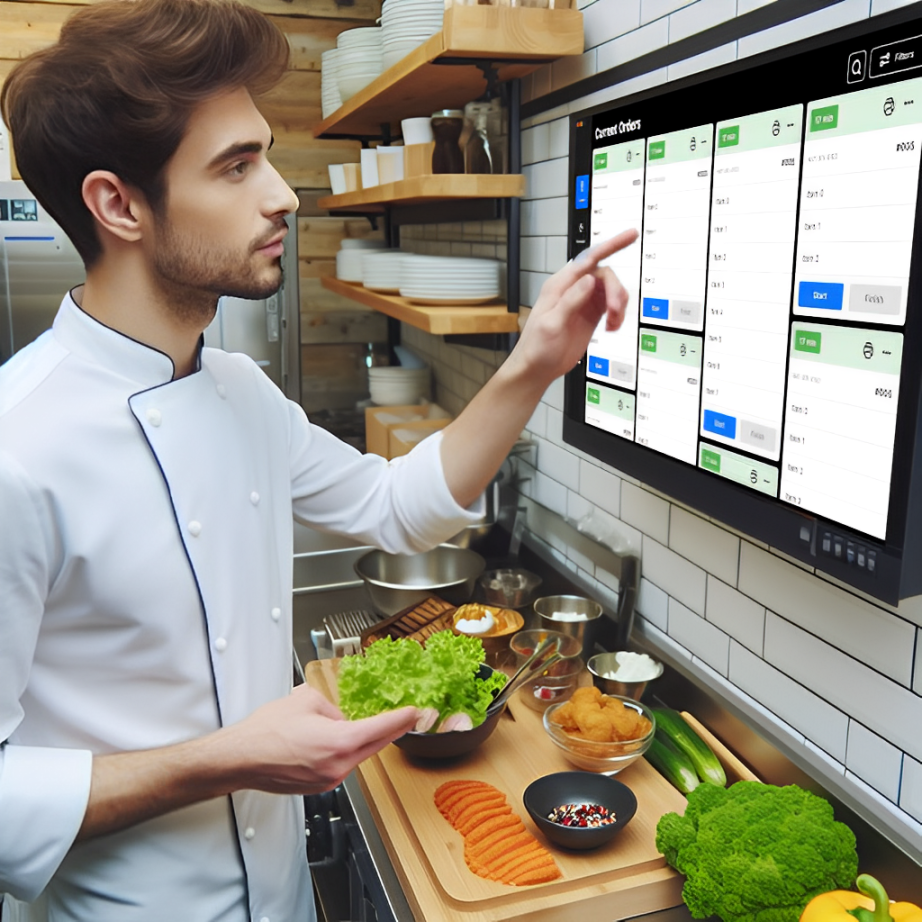Self-ordering kiosks have become a prominent feature in the modern restaurant landscape, offering a blend of efficiency and innovation. These kiosks come with their own set of advantages and disadvantages, impacting various aspects of restaurant operations. This article delves into the pros and cons of self-ordering kiosks, providing restaurant owners with comprehensive insights into this technology.
Pros:
Improved Accuracy: Self-ordering kiosks offer enhanced accuracy in service. Customers benefit from detailed, visual content about their orders, eliminating miscommunication common in human-to-human interaction. Additionally, these kiosks excel in accounting accuracy and speed across all payment types.
Reduced Wait Time: Kiosks significantly reduce waiting times for customers. Unlike traditional ordering through a cashier, kiosks process orders and payments promptly, allowing staff to focus on other areas of customer service. This efficiency is particularly beneficial in quick-service restaurants.
Resource Optimization: Self-ordering kiosks handle repetitive tasks like guiding customers through menus and processing orders, freeing staff for tasks where human interaction is superior, such as assembling orders and engaging with guests.
Increased Sales: Kiosks can boost sales through consistent upselling and creating a novel, enjoyable customer experience. Their ability to display all available add-ons and recommendations can increase the size and value of orders.
Information Sharing and Personalized Experience: Kiosks provide detailed product and service information, leading to customer empowerment and retention. Additionally, they can offer personalized experiences based on customer data, increasing loyalty and repeat business.
Cons:
Limited Customization: Some self-ordering kiosks may offer limited customization, potentially affecting the brand’s unique identity and requiring frequent content updates, which can be cumbersome.
Kiosk Cost Issue: The initial investment and ongoing maintenance of kiosks can be substantial. While they can boost sales, the financial justification depends on long-term return and cost-benefit analysis.
Displacement of Workers: Integrating kiosks may lead to workforce displacement. However, rather than viewing this as a negative, it can be seen as an opportunity to reallocate human resources to areas where they are more effective.
Content Management Difficulty: Managing and updating kiosk content can be challenging, requiring attention to detail and a commitment to maintaining the kiosk’s functionality and appeal.
Conclusion
Self-ordering kiosks present a dynamic tool for restaurants, offering numerous benefits including improved accuracy, reduced wait times, increased sales, and enhanced customer experiences. However, challenges like limited customization, initial costs, potential workforce displacement, and content management difficulties must be carefully considered. As the restaurant industry evolves, understanding both sides of this technology will be crucial for operators seeking to enhance efficiency and customer satisfaction.








